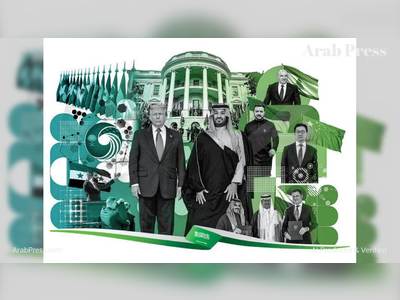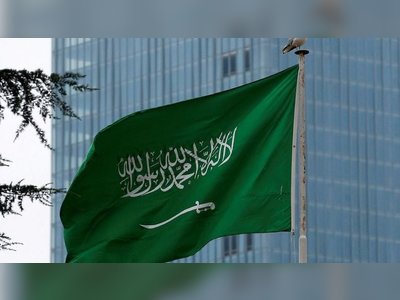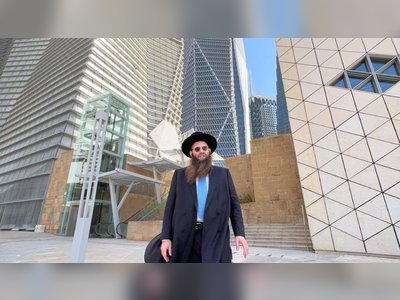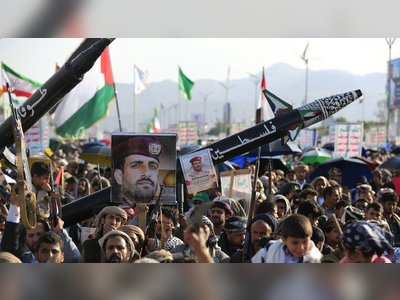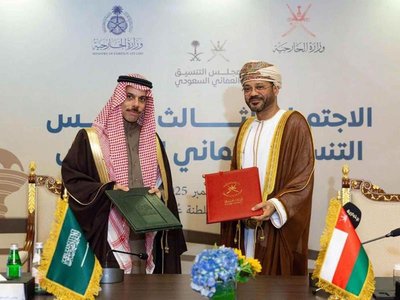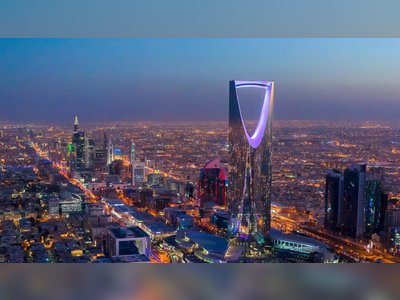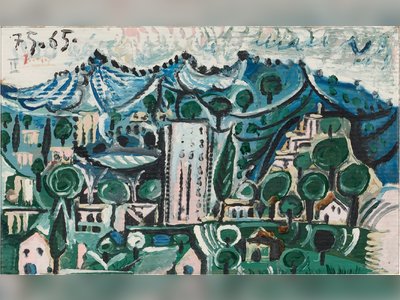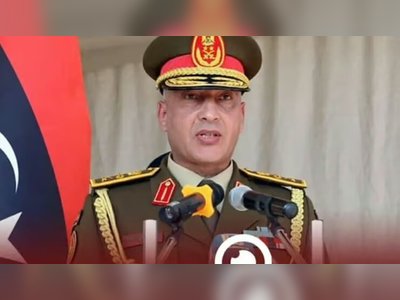
The chronicle of how Saudi Arabia’s ancient capital Diriyah was transformed
Located near Wadi Hanifa and home to the Bani Hanifa tribe, Diriyah became a cultural hub and pitstop for major ancient pilgrimage and trade routes, and was once the home of the Saudi Royal Family.
In a town with a small population, historians estimate about 70 houses were built at the time before the establishment of the First Saudi State, which indicates the population did not exceed several hundred in the early 18th century AD.
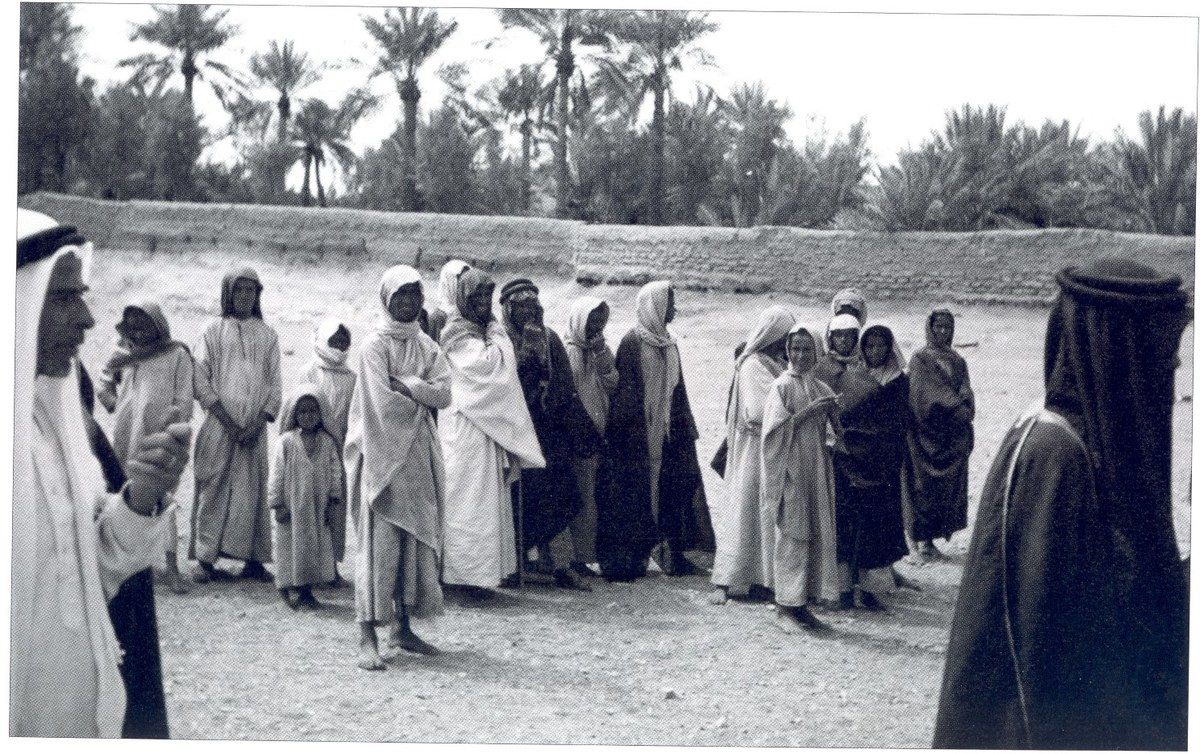 Located near Wadi Hanifa and home to the Bani Hanifa tribe, Diriyah
became a cultural hub and pitstop for major ancient pilgrimage and trade
routes.
Located near Wadi Hanifa and home to the Bani Hanifa tribe, Diriyah
became a cultural hub and pitstop for major ancient pilgrimage and trade
routes.
The First Saudi State saw a flourishing of activity in the area. New settlers from across the region flocked to the new state, sparking huge growth in commerce, agriculture, education and architecture.
“During Imam Saud bin Abdulaziz’s reign, the First Saudi State witnessed great prosperity, as its influence extended to to most parts of the Arabian Peninsula; from the Levant and Iraq to Yemen and Oman, and from the Arabian Gulf to the Red Sea, with stabilized security and prosperity enjoyed by its citizens in the Arabian Peninsula,” Dr. Badran Al-Honaihen, an expert in the Saudi history, told Arab News.
“The state’s resources increased as a result of that great unity under economic diversification.”
Many factors contributed to the improvement in the quality of life in Diriyah, from its strategic location at the crossroads of ancient trading routes to its lush lands suitable for farming and the diverse markets that sparked economic growth in the region.
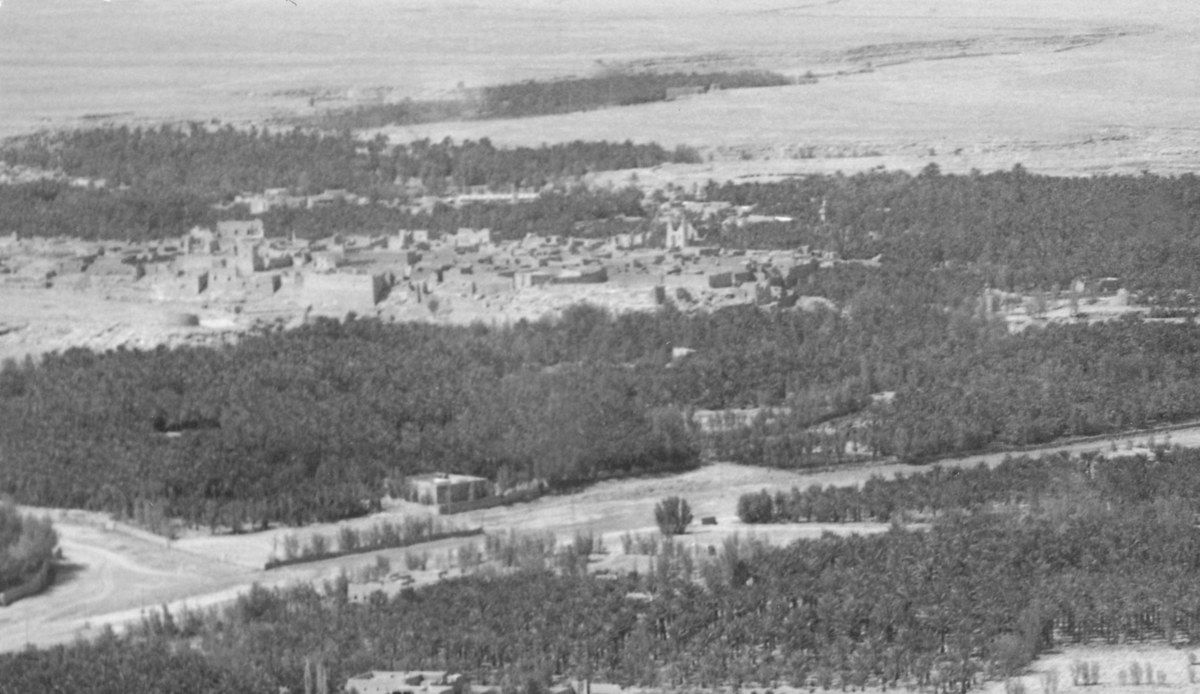 Located near Wadi Hanifa and home to the Bani Hanifa tribe, Diriyah
became a cultural hub and pitstop for major ancient pilgrimage and trade
routes.
Located near Wadi Hanifa and home to the Bani Hanifa tribe, Diriyah
became a cultural hub and pitstop for major ancient pilgrimage and trade
routes.
“At-Turaif district witnessed a great architectural renaissance, represented by the building of palaces, public residences, mosques and walls,” Al-Honaihen said.
“Among the most famous architectural renaissances are Salwa Palace, which was the seat of government during the First Saudi State, the palace of Imam Abdullah bin Saud, and the palaces of Prince Saad bin Saud, Prince Omar bin Saud, and Prince Mishari bin Saud,” he said.
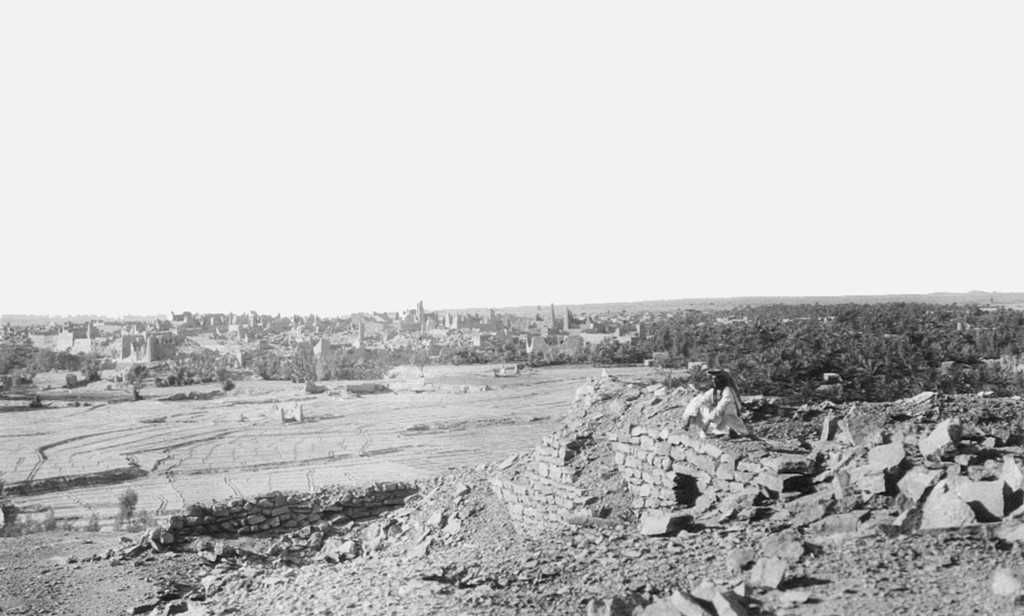 Located near Wadi Hanifa and home to the Bani Hanifa tribe, Diriyah
became a cultural hub and pitstop for major ancient pilgrimage and trade
routes.
Located near Wadi Hanifa and home to the Bani Hanifa tribe, Diriyah
became a cultural hub and pitstop for major ancient pilgrimage and trade
routes.
The majority of Diriyah’s population was made up of workers and families occupied in farming, which was the main source of economic growth for the area. Farming was broken down into different categories; those that owned farms, those that looked over others’ lands.
In the Najd region, hospitality was embedded in the culture very early on, and families across the city welcomed travelers and guests, a tradition still upheld to this day. Members of the upper classes, or perhaps a town prince, were hosted in guest houses suitable for their status, with all their needs provided for by the community, a sign of prosperity.
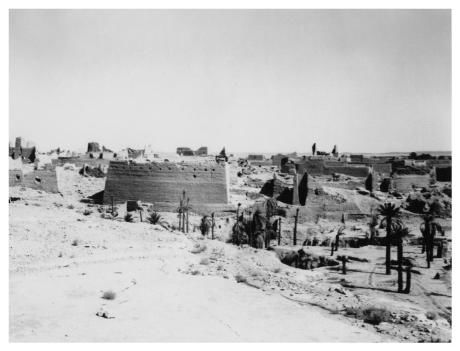 Located near Wadi Hanifa and home to the Bani Hanifa tribe, Diriyah
became a cultural hub and pitstop for major ancient pilgrimage and trade
routes.
Located near Wadi Hanifa and home to the Bani Hanifa tribe, Diriyah
became a cultural hub and pitstop for major ancient pilgrimage and trade
routes.
Historian ibn Bishr described it as a place where the hustle and bustle was evident “as far as the eye can see, in which you only hear the sound of peoples’ movement buying and selling from the shops and saying, I sold and I bought.”
“The market not only represented a commercial movement but it also became a place for education. Imam Saud bin Abdulaziz had a daily lesson that he held at sunrise, and many of the Diriyah’s inhabitants gathered to attend his lessons. During the summer, they used to gather near the eastern shops, and in the winter, near the western shops,” Al-Honaihen said.
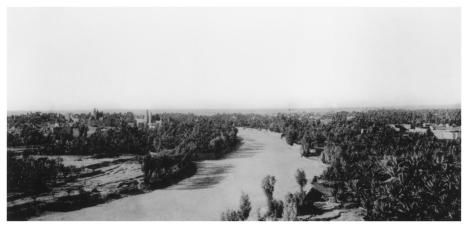 Located near Wadi Hanifa and home to the Bani Hanifa tribe, Diriyah
became a cultural hub and pitstop for major ancient pilgrimage and trade
routes.
Located near Wadi Hanifa and home to the Bani Hanifa tribe, Diriyah
became a cultural hub and pitstop for major ancient pilgrimage and trade
routes.
Education became a pillar of the city as Islamic studies and calligraphy, reading, writing and other subjects schools were established in the At-Turaif district. Education was a focus for leaders at the time, who provided students, educators and scholars with housing from the state treasury or from endowments. This notion has transcended time and is still a pillar today.
Local historians believe At-Turaif Mosque was once the place where seminars were led by the country’s scholars and taught religion and calligraphy to students.
For hundreds of years, ancient trade routes went through the city, mainly from the southwest, passing through Najran, moving north into Al-Yamamah, reaching Daumat Al-Jandal, and then east to Iraq and west to Hijaz.
Though it required a difficult and perilous journey to reach it, Al-Honaihen said that “Diriyah’s geographical location is distinguished as a location at the crossroads of ancient trade routes and pilgrimage convoys that contributed to the enhancement of trade movement in the Arabian Peninsula,” and provided safe sanctuary for the weary.
